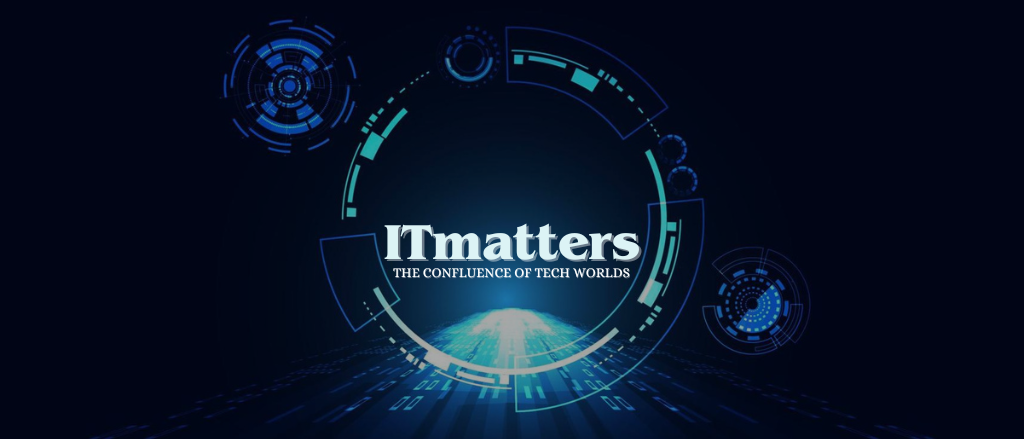
Smarter Speech Tech, Open Source, and Ready for the Future
IBM has introduced a new lineup of AI models under the Granite 3.3 series. At the heart of this release is Granite Speech 3.3 8B, a powerful speech-to-text model designed to understand and transcribe audio with remarkable accuracy. But what sets this apart isn’t just its performance—it’s the intention behind it.
The entire Granite 3.3 series, including base and instruction-tuned models, is now open source under the Apache 2.0 license. This means developers, enterprises, and researchers can build on them freely.
Smarter Speech Recognition with Real Use in Mind
Granite Speech 3.3 isn’t just any speech model. It’s crafted to serve real-world enterprise needs. The model is audio-in and text-out, capable of converting voice to text, and even translating it into several major global languages.
Currently, it supports English audio input, but IBM is working on expanding that. It already translates English text into languages like French, Spanish, Mandarin, and more — matching the performance of leading proprietary models like GPT-4o and Google’s Gemini Flash.
That’s a big deal for businesses looking for powerful AI, but without the limitations of closed systems.
A Thoughtful Architecture for Developers
Under the hood, Granite Speech 3.3 is not just one monolith. It combines a speech encoder, a speech projection layer, a language model, and lightweight LoRA adapters. This modular setup helps developers easily fine-tune and adapt the model for custom needs.
Granite 3.3 comes in two versions: 8B and 2B. These refer to the size of the model in billions of parameters. The smaller 2B model offers a lighter, more efficient option when resources are limited.
Outperforming the Competition in Accuracy
IBM’s model doesn’t just promise, it delivers. Granite Speech 3.3 has shown better accuracy than other open and closed models on public datasets.
For transcription tasks, it recorded lower error rates, making it a strong choice for anyone building speech-driven apps or tools.
Its translation capabilities are also impressive. On supported languages, it offers results comparable to big names in the AI world.
A Strategic Move Towards Open AI
Why is this release important? Because it’s not just another AI tool, it’s part of a shift. IBM is betting on open source and community-driven innovation. By releasing Granite 3.3 openly, it invites collaboration and transparency in a space often dominated by closed, black-box models.
This aligns with a growing need for AI that is reliable, adaptable, and less expensive to build upon.
Helping Build Better AI Tools with LoRA
To help developers further, IBM also released LoRA adapters designed for retrieval-augmented generation. These adapters, available on Hugging Face, make it easier to plug in external knowledge sources into the AI’s responses. That’s a useful step for enterprise apps, where understanding the context is key.
These adapters work with the previous Granite 3.2 Instruct model as well, building a broader ecosystem of IBM’s AI tools.
What’s Next: Granite 4.0 and Beyond?
IBM isn’t stopping at Granite 3.3. It is already working on Granite 4.0, the next-generation AI model series. The goal is to improve speed, handle longer contexts, and increase capacity.
Future plans also include adding multilingual audio encoders and even emotion detection in speech. These features could make AI more responsive and human-like.
Why It Matters?
In an AI world filled with big names and locked-down systems, IBM is taking a more open route. Granite 3.3 isn’t just a set of models, it’s a statement. It’s about giving developers more control, enabling enterprises to build smarter, and ensuring that innovation doesn’t have to come at the cost of transparency.
By making powerful AI tools accessible, IBM is nudging the future of speech technology in a direction that’s both practical and open. And that makes all the difference.
